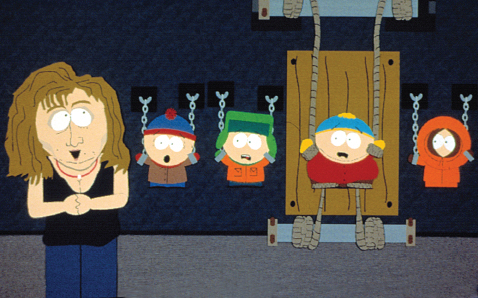The “Culture as Skyscraper” Metaphor
Printed Page 17

Throughout the twentieth century, many Americans envisioned our nation’s culture as consisting of ascending levels of superiority—like floors in a skyscraper. They identified high culture (the top floors of the building) with “good taste,” higher education, and fine art supported by wealthy patrons and corporate donors. And they associated low or popular culture (the bottom floors) with the “questionable” tastes of the “masses,” who “lapped up” the commercial “junk” circulated by the mass media, such as reality TV shows, celebrity gossip Web sites, and action films.
Some cultural researchers have pointed out that this high-low hierarchy has become so entrenched that it powerfully influences how we view and discuss culture today.3 For example, people who subscribe to the hierarchy metaphor believe that “low” culture prevents people (students in particular) from appreciating fine art, exploits high culture by transforming classic works into simplistic forms, and promotes a throw-away ethic. These same critics also accuse low culture of driving out higher forms of culture. And they argue that it inhibits political discourse and social change by making people so addicted to mass-produced media that they lose their ability to see and challenge social inequities (also referred to as the “Big Mac” theory).4